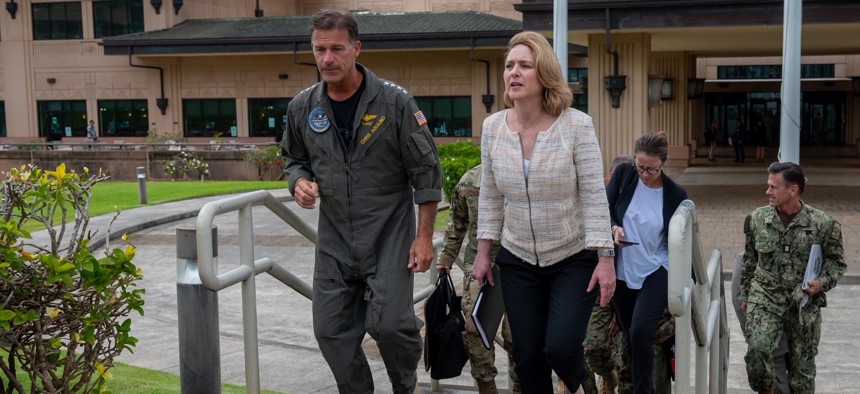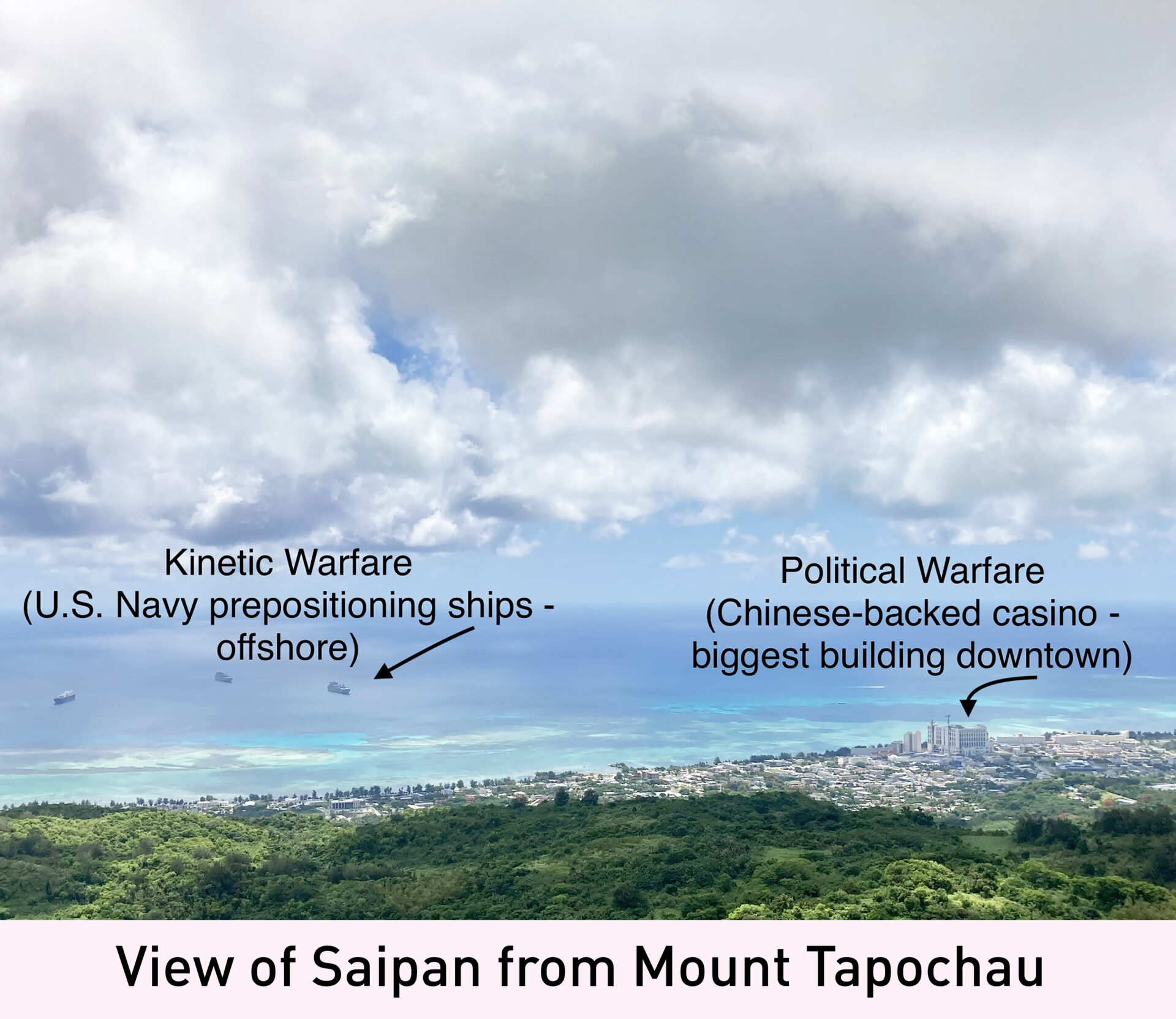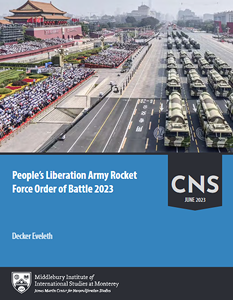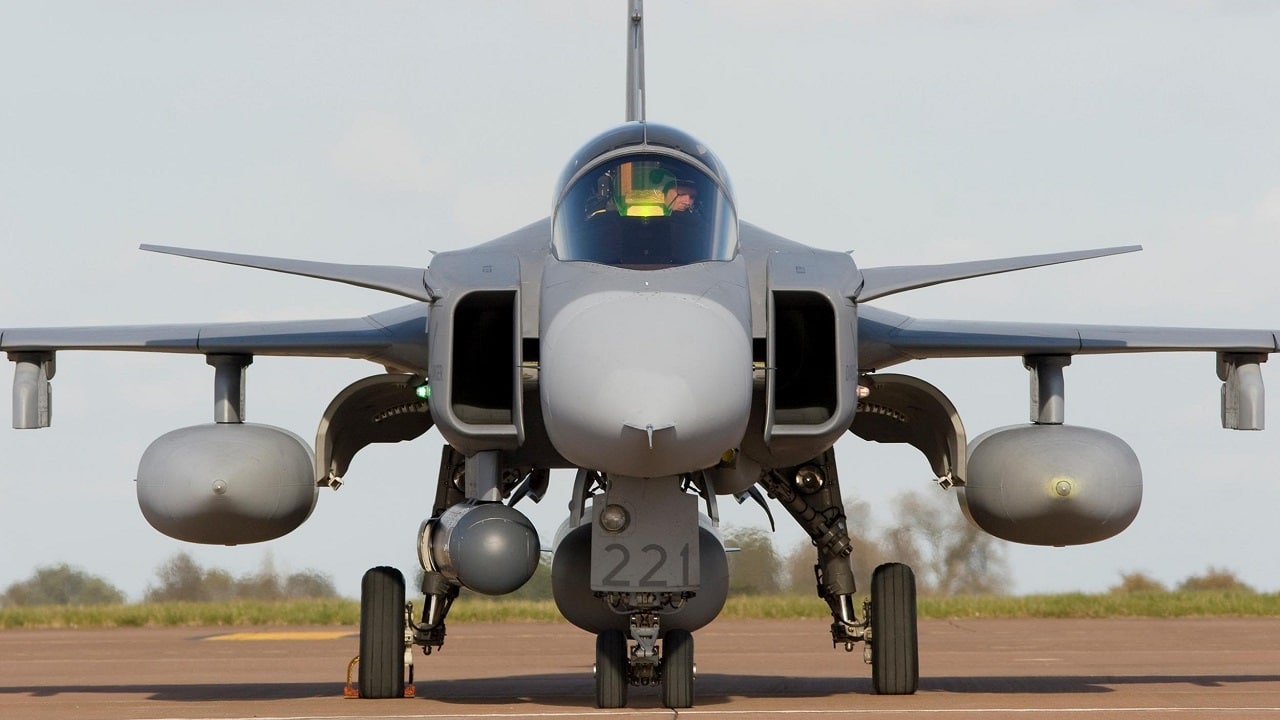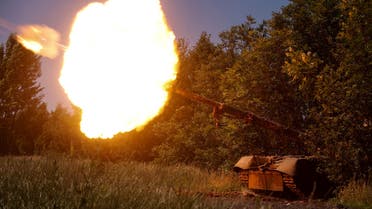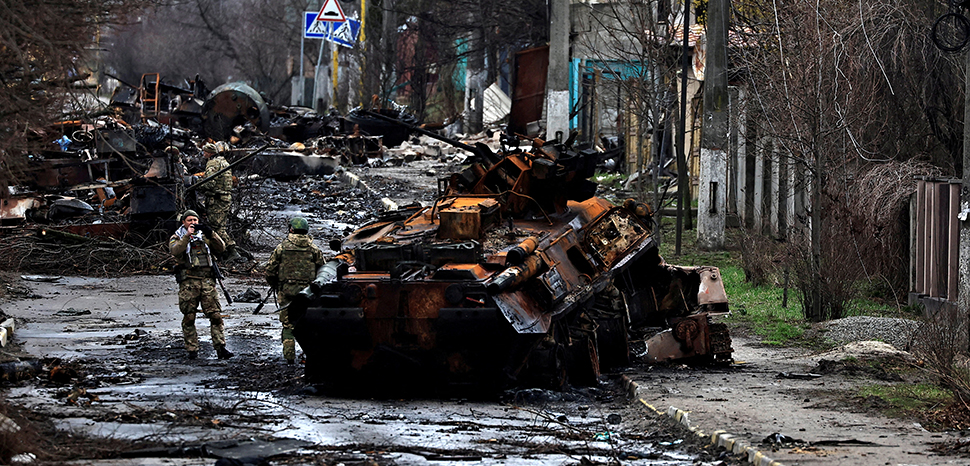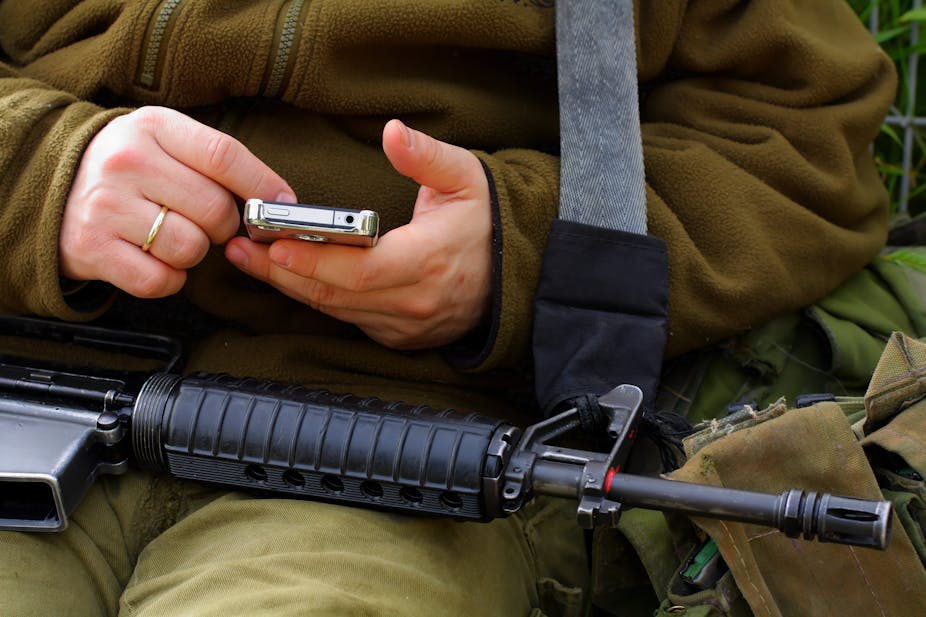SURYA VALLIAPPAN KRISHNA, ASHIMA SINGH
INTRODUCTION
Over the last three years, ceasefire violations and cross-border infiltrations have ebbed and flowed along the Line of Control (LoC) and International Border (IB) between India and Pakistan. In recent times, a new challenge has emerged in the form of drone intrusions along the International Border. This commentary describes the nature of the threat, the security risks posed, and the countermeasures deployed so far. It argues that this emerging threat needs more attention.
WHAT DOES THE DATA TELL US?
As the data in graphs 1 and 2 shows, out of the 492 total drone sightings observed on the India-Pakistan International Border from 2020 to 2022, 311 were in 2022, 104 in 2021, and 77 in 2020. Of these sightings, 369 took place in Punjab, 75 in Jammu, 40 in Rajasthan, and 8 in Gujarat.
Due to the increasing number of drone sightings, the threat level with regard to drones along the IB (Punjab, Rajasthan, and Gujarat) is significantly higher compared to the LoC (J&K). Traditionally, attempts to compromise the Indian Army’s robust anti-infiltration system along the LoC have proven challenging, and the harsh winter conditions in that region make infiltration difficult. However, both state and nonstate actors from Pakistan can use drones to minimize the risks involved for human infiltrators and maximize the intended negative impact. This use of drones highlights the shift toward unmanned methods with reduced logistical costs.
Surya Valliappan Krishna is associate director of projects and operations at Carnegie India.




